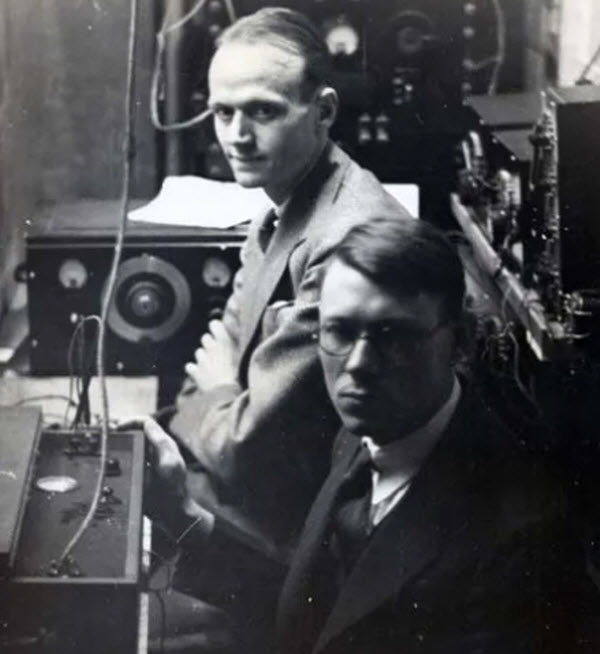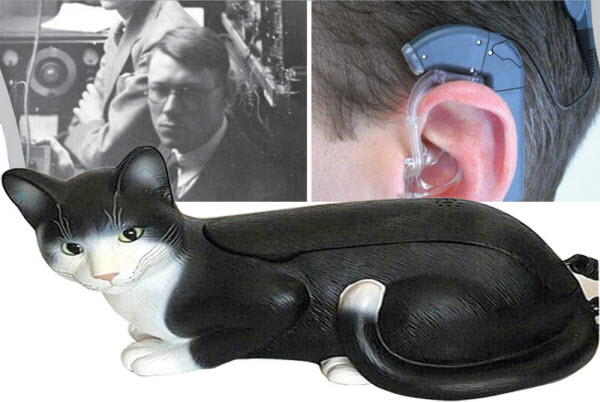Many people keep pets for various reasons, including companionship, security, or assistance with tasks. However, some scientists have taken a different approach, studying animal behavior and conducting peculiar experiments. One of the most unusual experiments from the early 20th century involved two distinguished scientists who transformed a living cat into a functioning telephone to explore the auditory nerve’s capabilities and test some prevailing theories about sound perception.
This bizarre yet real story dates back to 1929 when scientists Ernest Glen Wever and his research assistant Charles William Bray from Princeton University conducted an unprecedented experiment. Their goal was to convert a cat into a telephone. To prepare, they first anesthetized the cat and then performed surgery to expose its auditory nerve by opening its skull. They connected one end of a telephone wire to the nerve, using it as the transmitter, while the other end was connected to a telephone receiver.

Once the setup was complete, the experiment began. Bray spoke into the cat’s ear while Weaver listened through the receiver from 15 meters away in a soundproof room. At that time, the prevailing theory was that the auditory nerve’s response was related to the stimulus’s intensity. According to this theory, when the sound frequency increased, the nerve adapted to higher frequencies. As Bray varied the pitch of his voice, Weaver detected corresponding changes in the received sound.
The results of the experiment led Weaver and Bray to conclude that the auditory nerve’s response was indeed frequency-dependent, validating the existing theory. To further verify their findings, they conducted additional tests under different conditions. When they placed the telephone wire on other tissues or nerves away from the auditory nerve, no sound was received. In another test, they restricted blood flow to the cat’s head, which again resulted in no sound transmission. Despite criticism from animal rights activists and accusations of madness, the scientific community largely ignored the backlash. In 1936, the pair received the first Howard Crosby Warren Medal from the Society of Experimental Psychologists in recognition of their groundbreaking work.

Interestingly, Weaver and Bray did not pursue further experiments in this area but instead shifted their focus to other projects. Weaver became an associate professor at Princeton University and later served as the Associate Director of Human Resources Research for the U.S. Air Force during World War II. He was also a prominent figure in civilian psychological research for the National Defense Research Council and the Navy. Bray, on the other hand, became the chair of the psychology department at Princeton University. He collaborated with Dr. Julius Limbert of the Limbert Institute of Ear Medicine to investigate otosclerosis—a medical condition involving abnormal bone growth in the ear that leads to hearing loss—seeking ways to amplify sound for better hearing. During the war, Bray was a consultant for the National Research Council on submarines, where he discovered that musicians, regardless of their instrument, were superior sonar operators due to their sensitive hearing.
Although Weaver and Bray did not delve further into this line of research, the techniques they developed in the cat-to-telephone experiment proved highly beneficial. They laid the groundwork for the development of cochlear implants, devices that convert sound vibrations into electrical signals for the brain to interpret, significantly advancing the field of auditory science.
